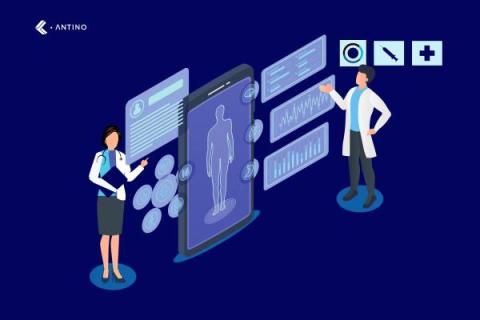Selenium Grid Tutorial: Everything You Could Ever Want To Know
Efficient and comprehensive testing is crucial in software development, and automated tests play a key role in ensuring product quality. Tools like Selenium Grid are designed to enhance testing efficiency by running tests across multiple browsers and operating systems simultaneously, reducing testing time from hours to minutes.











